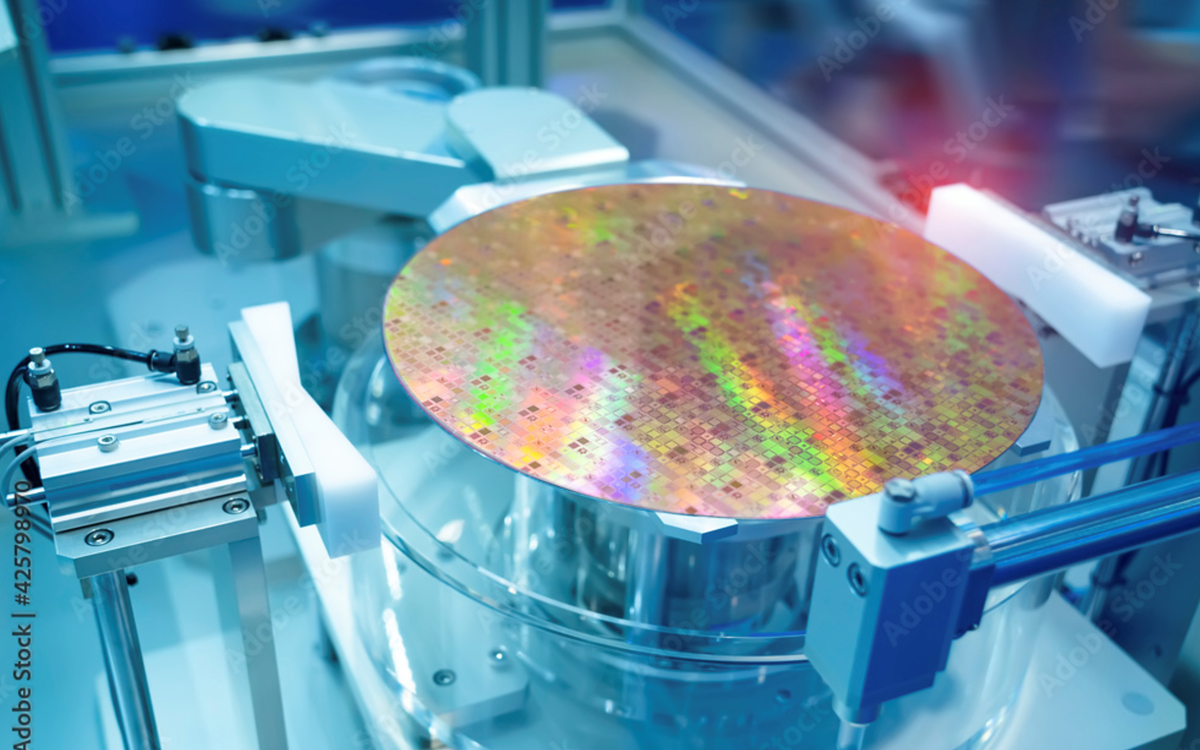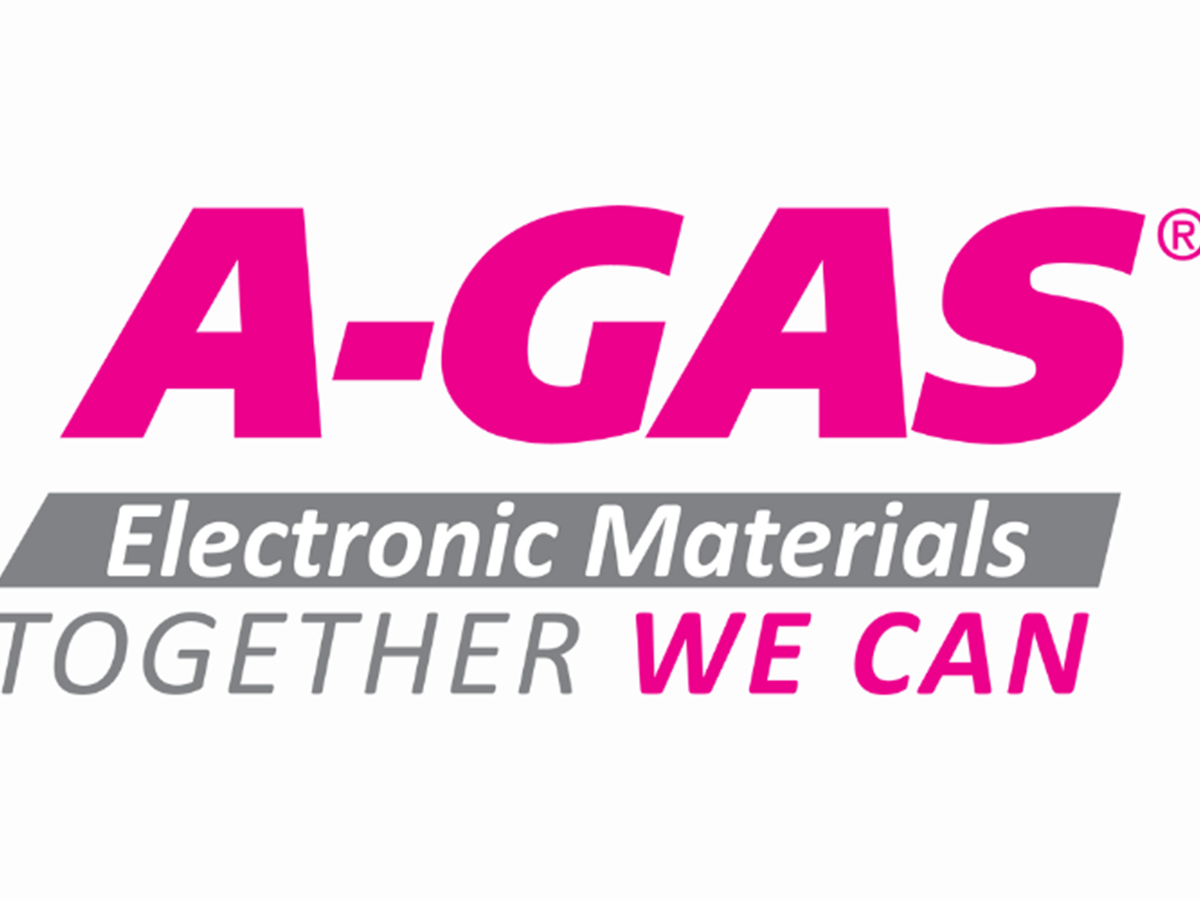Better boards start with better materials: Why dry film photo-resist delivers
For manufacturers working to tighter tolerances, faster lead times and increasing quality expectations, the materials used in PCB production play a crucial role. We are seeing consistent growth across sectors such as telecoms, defence, automotive and advanced consumer electronics, which means the chemistry behind each application must support both performance and consistency.

One material that continues to deliver is dry film photoresist.
At A-Gas EM, we supply high-performance dry film products from globally trusted brands, helping manufacturers reduce variation, improve output, and meet the complex demands of modern circuit design. Here’s our take on why dry film remains a preferred choice for PCB production, and how we support our customers in getting the best from it.
What is dry film photo-resist?
Dry film photo-resist is a light-sensitive material laminated onto the copper surface of a PCB. Once applied, it is typically exposed using laser direct imaging (LDI) equipment, which writes the circuit pattern directly from CAD data. This modern method replaces traditional photomask and UV flood exposure processes, offering greater flexibility, speed and accuracy.
During exposure, the laser hardens the resist where required, and the unexposed sections are then developed away to reveal the copper beneath. The board is then etched, leaving behind a sharp, accurate circuit layout.
Today’s exposure systems, such as the widely used Nuvogo 780, operate across multiple wavelengths, enabling even finer resolution and improved through-cure of the resist – ideal for high-density and multilayer designs.
Dry film technology may have been around for decades, but it has evolved significantly to meet the demands of modern PCB production.
Why choose dry film?
If you’re involved in PCB production, you’ll know how much difference the right materials can make. Dry film photo-resist has remained a go-to option for a reason – it’s reliable, precise, and works well with today’s manufacturing demands. Here’s what sets it apart from liquid alternatives:
- Accurate results for high-density circuits
Dry film gives you the fine detail needed for multilayer boards, HDI designs and microvias. Because it applies evenly across the surface, it helps keep features sharp and layers properly aligned.
- Stays in place, even under pressure
Once laminated, dry film forms a strong bond with the copper surface. That means fewer problems like lifting, undercutting or broken circuits – especially in harsh or high-heat environments.
- Cleaner process, less waste
Since it’s applied as a solid sheet, dry film is easier to control and generates less chemical waste. It helps support consistent quality, while also reducing environmental impact.
- Built for modern production
Recent updates in dry film technology have made it even more efficient – including faster exposure times, lower VOC content and improved compatibility with direct imaging. It’s a smart choice for leaner, greener processes.
Where is dry film used?
Dry film photoresist is widely used across a range of applications, including:
- Telecoms and computing – enabling precise multilayer PCBs
- Automotive electronics – providing durable circuitry for safety and infotainment systems
- Medical and wearable devices – supporting flexible, compact designs
- RF and microwave systems – delivering fine detail with low signal interference
- Consumer electronics – supporting smaller, more complex board layouts
Supporting PCB manufacturers at every stage
We are more than just a supplier. As a distributor, A-Gas EM gives you access to a wide range of dry film photo-resists, and we work with you to find the perfect fit for your process – not just whatever is on the shelf.
Here are just some of the ways we support our customers:
- Practical advice – based on real experience of PCB lines and material performance
- Flexible ordering – including smaller volumes for prototyping or specialist jobs
- Fast, responsive service – so you are not left waiting when time matters
- Trusted products – from brands known for quality and consistency
We support PCB manufacturers across the UK and internationally, from established names to niche operations, offering advice and service that fits the way you work.
What this means for your business
Dry film photo-resist might not be the most visible part of your process, but it plays a key role in keeping your boards accurate, consistent and ready for the demands of modern electronics. As designs become more compact and complex, the right resist can help reduce errors, improve efficiency and support your production goals.
If you are reviewing your materials or looking to improve process performance, we are here to help.
Get in touch today to find out how dry film photo-resist can support your next project.
For more insights into photoresist use in modern manufacturing, take a look at our article on photoresist types and their applications in the semiconductor industry, and keep watching our LinkedIn updates.
You can also explore our guide to neutralisers in PCB manufacturing and how they help ensure clean surfaces and better results.
